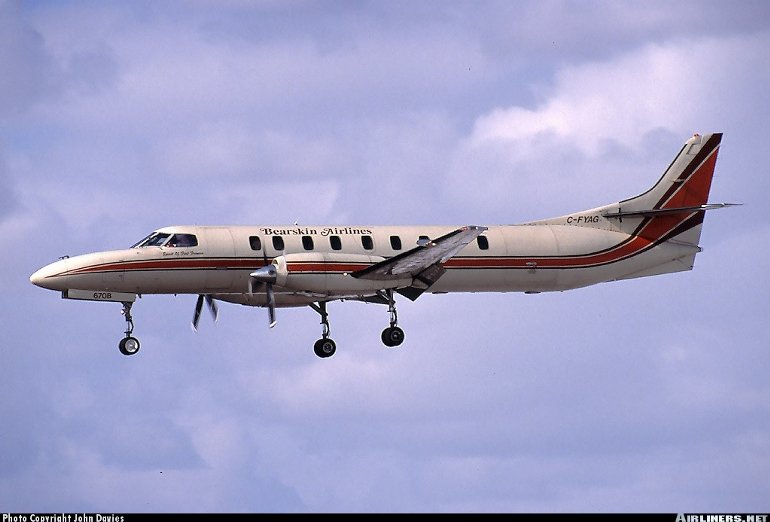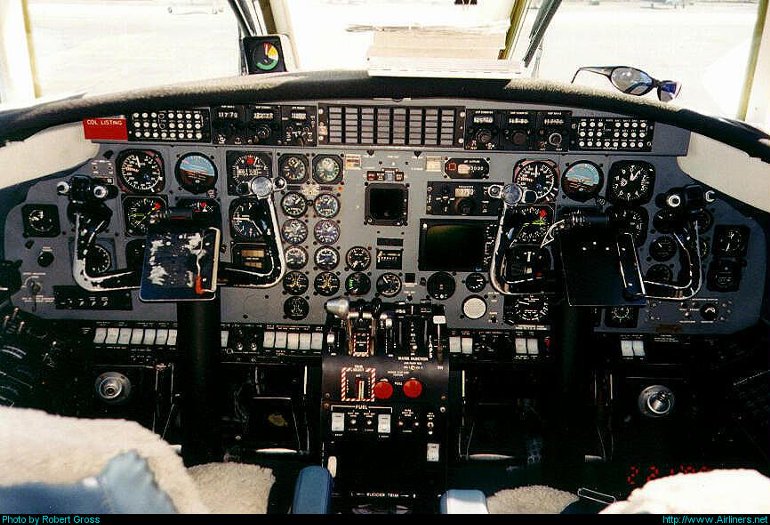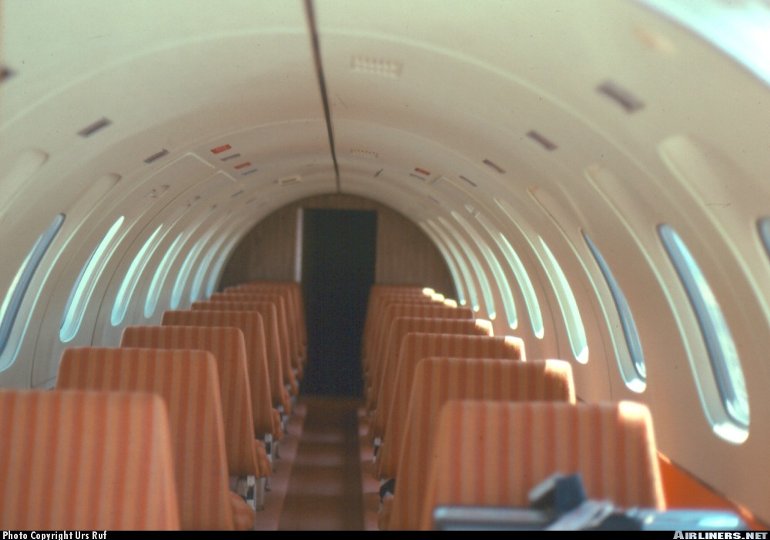Aircraft Technical Data
Fairchild Aerospace Metro II, III & 23



| Details | |
| Country of Origin | United States of America |
| Type | 19 seat regional airliner |
| History | Despite a slow start to sales in the early 1970s, the Metro series has become one of the most popular 19 seat commuters. The Metro can trace its lineage back to the original Swearingen Merlin I executive transport. From the Merlin I Swearingen developed the turboprop powered II and III which were to form the basis of the new Metro commuter airliner. The Metro was Swearingen's first complete inhouse design and development work began in the late 1960s, resulting in the SA226TC Metro's first flight on August 26 1969. The design was similar in appearance and layout to the earlier Merlins, and featured a pressurised fuselage, TPE331 turboprop engines and double slotted trailing edge flaps. Certification was awarded in June 1970 and the first example entered commercial service in 1973. The Metro II superseded the I from 1975, with improvements to reduce cabin noise levels. The equivalent executive aircraft is the Merlin IV. Following the Metro II from 1981 was the III (by which time Fairchild had taken over Swearingen), which was certificated to SFAR41B allowing greater takeoff weights, while more efficient engines (including the option of Pratt & Whitney Canada PT6As on the IIIA) and greater wing span made the III more economical to operate. The Expediter freighter is based on the III. The current Metro model is the 23. Certificated to FAR Part 23 (Amendment 34) standards (hence the Metro 23 designation) it features a higher takeoff weight, more powerful engines and systems improvements first introduced on the military C26. The Metro 23 EF has a bulged lower fuselage for greater baggage capacity, while the Merlin 23 and Expediter 23 models are also offered. In 1996 Fairchild studied (but did not proceed with) a Metro with a significantly higher fuselage allowing stand-up headroom (in the style of the Raytheon Beech 1900D). |
| Powerplants | Metro II - Two 700kW (940shp) Garrett AiResearch TPE3313UW303G turboprops driving three blade constant speed propellers. 23 - Two 745kW (1000shp) AlliedSignal TPE33111U612Gs, or 820kW (1100shp) TPE33112UARs. |
| Performance | II - Max cruising speed 473km/h (255kt), long range cruising speed 450km/h (242kt). Service ceiling 27,000ft. Range with 19 passengers and reserves at max cruising speed 346km (187nm), with 15 pax and reserves at max cruising speed 1100km (595nm). 23 - Max cruising speed 542km/h (293kt). Service ceiling 25,000ft. Range with 19 passengers and reserves 2065km (1314nm), with 2268kg (5000lb) payload and reserves 988km (533nm). |
| Weights | II - Empty 3380kg (7450lb), max takeoff 5670kg (12,500lb). 23 - Operating empty 4309kg (9500lb), max takeoff 7484kg (16,500lb). |
| Dimensions | II - Wing span 14.10m (46ft 3in), length 18.09m (59ft 4in), height 5.08m (16ft 8in). Wing area 25.8m2 (277.5sq ft). 23 - Same except for wing span 17.37m (57ft 0in). Wing area 28.7m2 (309.0sq ft). |
| Capacity | Flightcrew of two. Passenger seating for 19 at two abreast and 76cm (30in) pitch. Merlin IV and 23 also seat 12 to 14 passengers in a corporate configuration. The Expediter I and 23 are freighters. |
| Production | Over 1000 Metros built. |
| Related Links | Fairchild Aerospace Metro II, III & 23 |
The backbone of this section is from the The International Directory of Civil Aircraft by Gerard Frawley and used with permission. To get your own copy of the book click here. |
|








